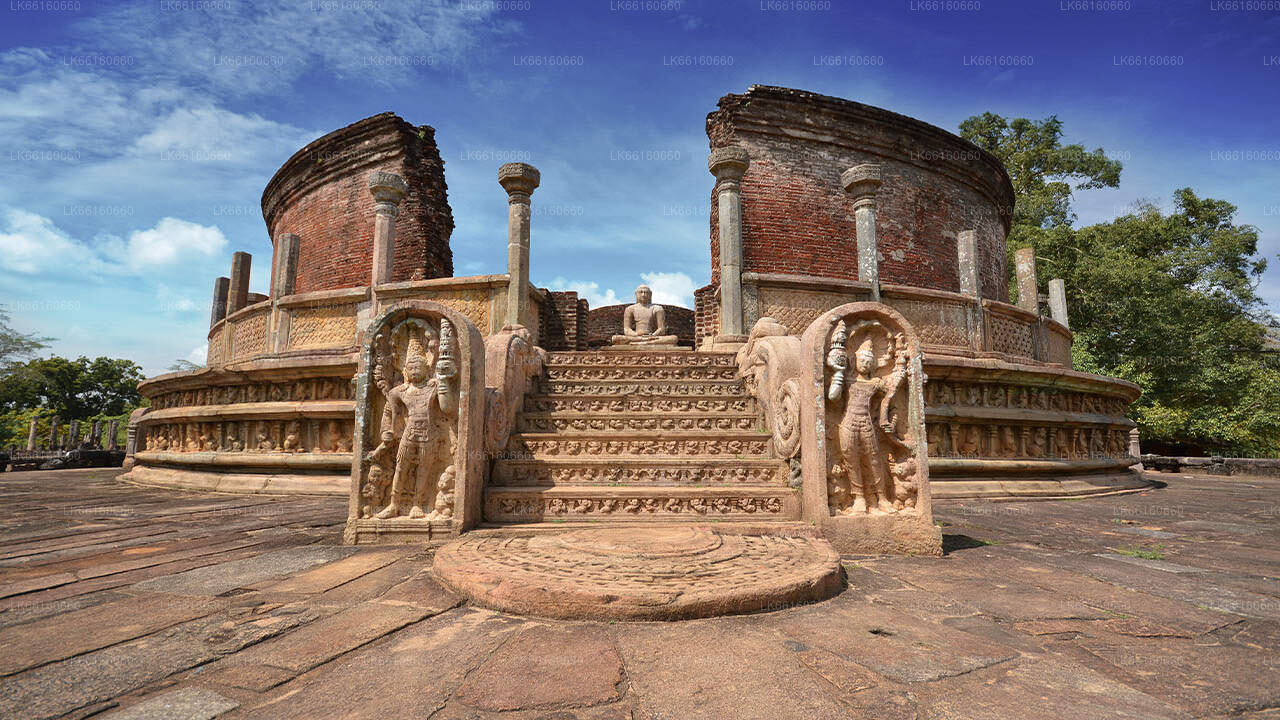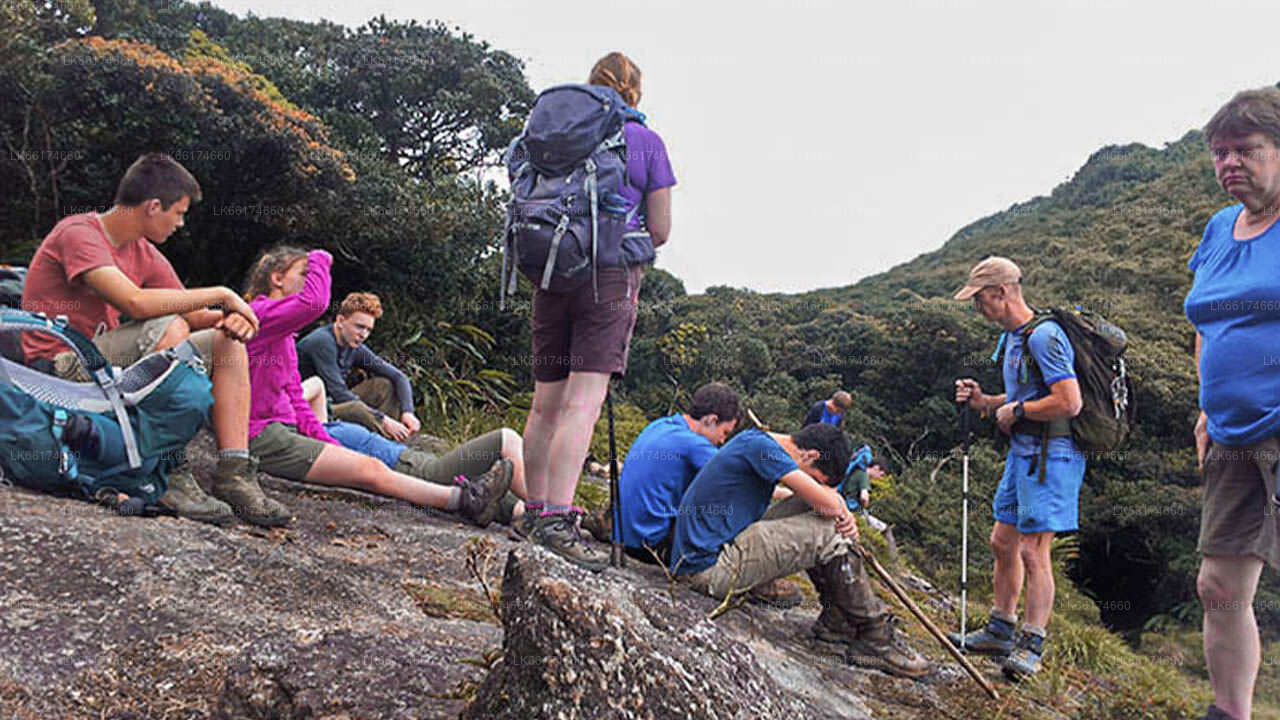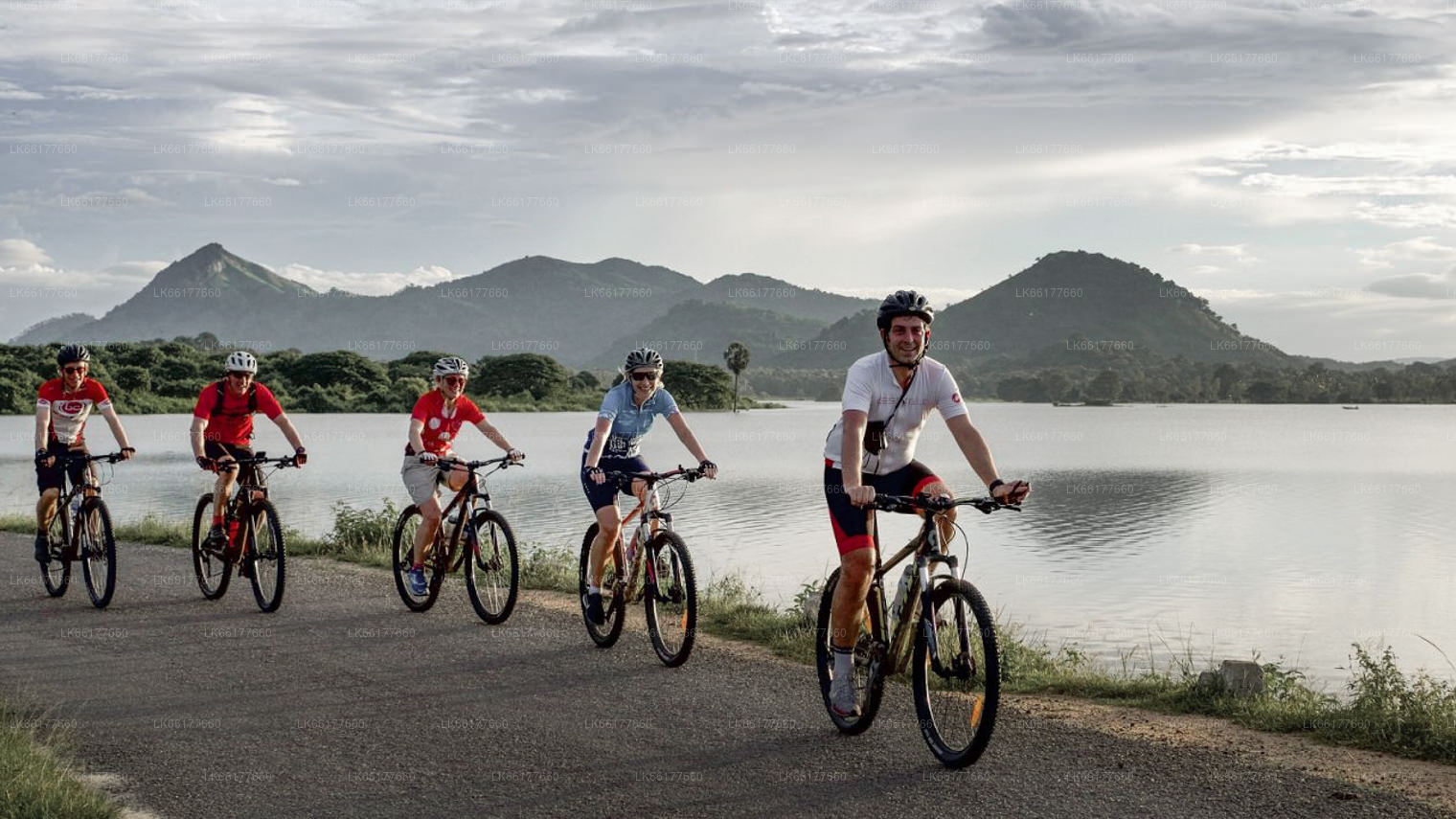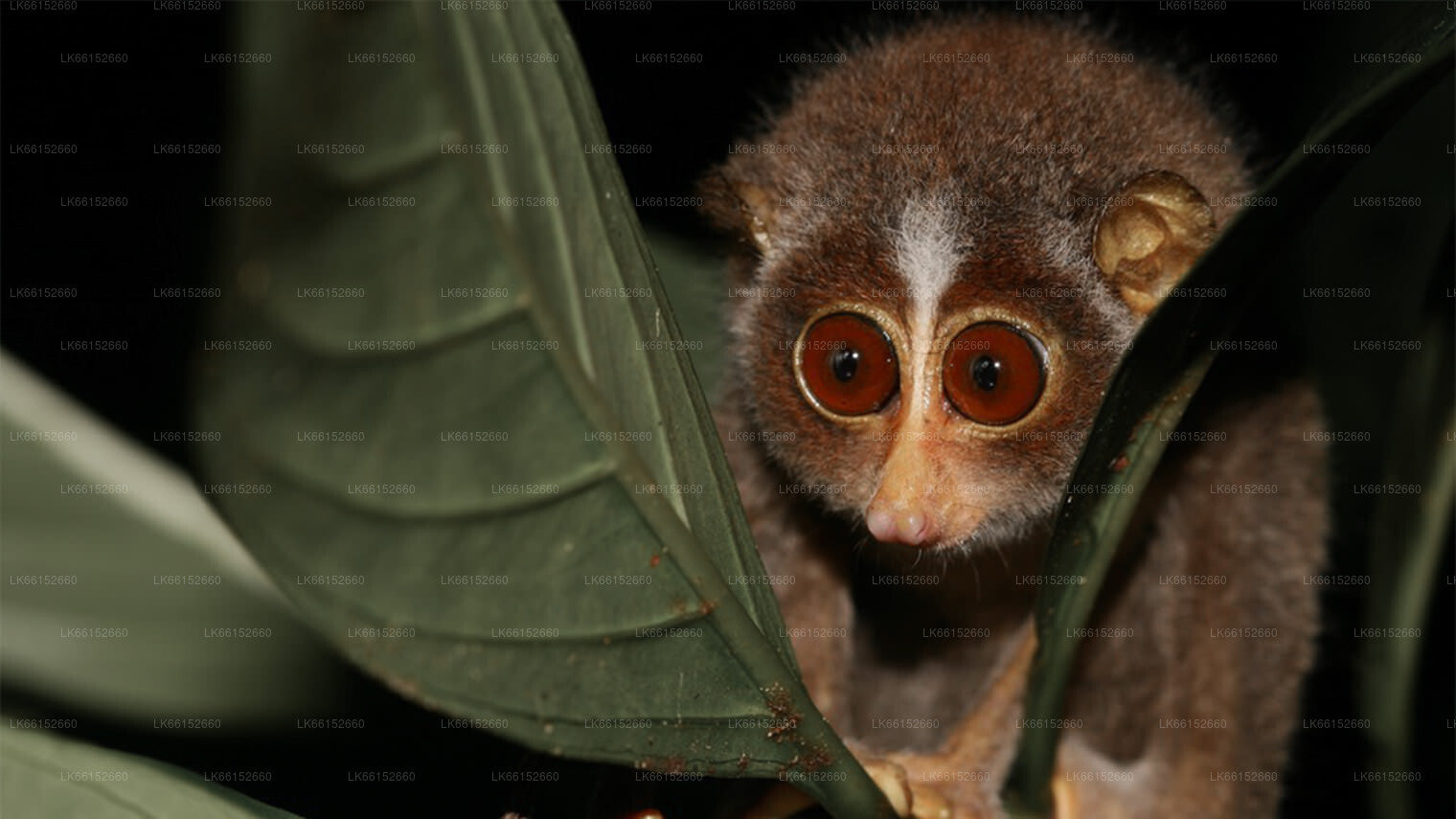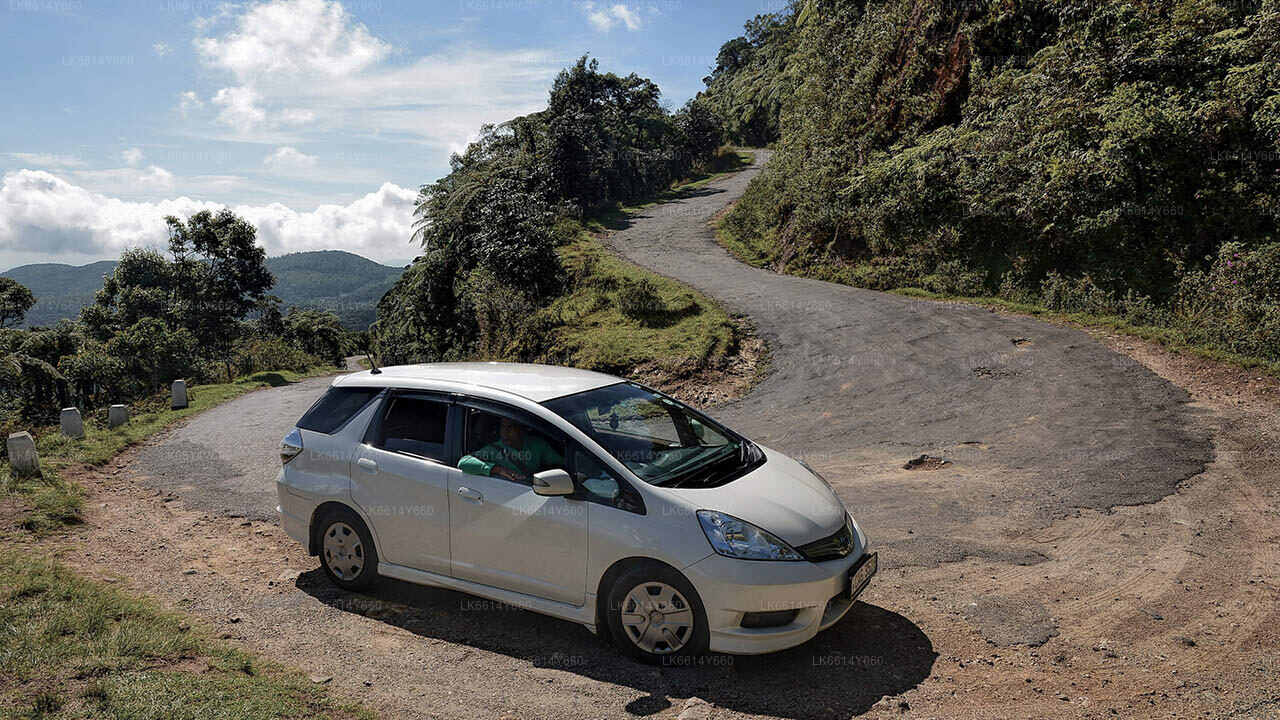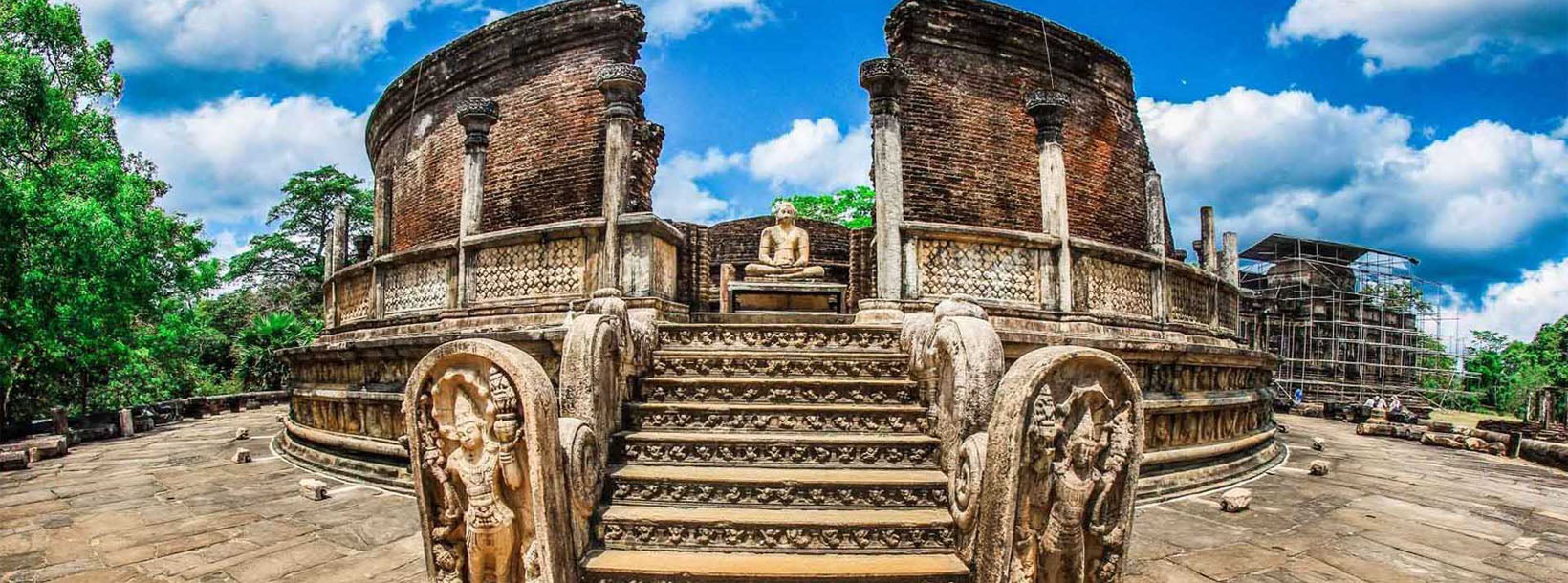
Město Polonnaruwa
Polonnaruwa, město na Srí Lance, zapsané na seznamu světového dědictví UNESCO, bylo středověkým hlavním městem země (11.–13. století). Je proslulé svými dobře zachovalými ruinami, včetně ikonických soch Gal Vihara, a pyšní se působivou architekturou, která odráží vznešenost starověké sinhálské civilizace.
Pulasthi Statue
The statue is located to the north of the city of Polonnaruwa, and close to the eastern bank of the Parakrama Samudra reservoir, which was built by Parakramabahu I himself. It is about 100 metres (330 ft) north of the ancient Potgul Vehera monastery
LocationThe statue is located to the north of the city of Polonnaruwa, and close to the eastern bank of the Parakrama Samudra reservoir, which was built by Parakramabahu I himself. It is about 100 metres (330 ft) north of the ancient Potgul Vehera monastery.
CharacteristicsThe statue was built presumably in the 12th century, during the reign of Parakramabahu I. The statue of Parakramabahu I is one of the best stone sculptures belonging to the Polonnaruwa period. The 11-foot-2-inch-high (3.40 m) statue is carved in high relief on a large boulder, with full use being made of its height. Its upper body is bare except for a single thread worn over the left shoulder.A long object is held in the hands. The statue's face carries a grave expression, with half-closed eyes, a high forehead, a long beard and a moustache. The shoulders of the statue are rounded, suggesting "extraordinary strength". The right leg is relaxed with the right knee bent forward slightly. The left leg carries the weight of the body, while the hip is also slightly inclined to the left. According to archaeologist Senarath Paranavitana, this statue is "the very embodiment of strength, majesty and dignity"
IdentityThe statue has not been positively identified, but the popular and widely accepted belief is that the statue is of King Parakramabahu I, who ruled the country 1153 to 1186. Historian Mendis Rohanadeera has suggested that the statue shows a man belonging to the Lambakanna clan, because a hare—a symbol of this clan—is depicted above the left shoulder of the statue. This supports the theory that it is a statue of Parakramabahu I, who was of the Lambakanna clan. However, another theory is that it is the statue of a sage; either Agastya or Pulasthi. The object held in the hands of the statue may be an ola (cured palm leaves) book. This, and the fact that it is located close to the Potgul Vehera, which was a library in ancient times, supports this theory. However, another belief is that the object is a "yoke of kingship".
O okrese Polonnaruwa
Polonnaruwa je druhé největší město v severocentrální provincii Srí Lanky. Starobylé město Polonnaruwa bylo organizací UNESCO prohlášeno za světové dědictví. Polonnaruwa má bohatou historii dobývání a bojů a právem tvoří třetí prvek Kulturního trojúhelníku. Polonnaruwa, která se nachází asi 140 km severovýchodně od Kandy, nabízí hodiny nekonečného potěšení pro milovníky historie a kultury, protože se zde nachází řada významných památek.
Velká část dnešních fyzických ruin se připisuje králi Parakramovi Bahuovi I., který vynaložil mnoho královských prostředků na plánování měst, včetně parků, budov, zavlažovacích systémů atd. Období jeho vlády je považováno za zlatý věk, kdy království vzkvétalo a prosperovalo pod vedením vizionářského vládce. Parakrama Samudra je mamutí nádrž pojmenovaná po svém patronovi. Oblíbený královský palác, audienční síň obklopená krásně vytesanými kamennými slony a koupaliště odrážejí vynikající inženýrské schopnosti té doby.
O severocentrální provincii
Severocentrální provincie, která je největší provincií v zemi, pokrývá 16 % celkové rozlohy země. Skládá se ze dvou okresů zvaných Polonnaruwa a Anuradhapure. Anuradhapura je největším okresem na Srí Lance. Její rozloha je 7 128 km².
Severocentrální provincie nabízí investorům řadu potenciálních podniků, zejména v zemědělství, zemědělském průmyslu a chovu hospodářských zvířat. Více než 65 % obyvatel Severocentrální provincie je závislých na zemědělství a zemědělských průmyslových odvětvích. Provincie se také nazývá „Wew Bendi Rajje“, protože se v ní nachází více než 3 000 středních a velkých nádrží. Obávají se Sri maha bodiya, Ruwanweli seya, Thuparama dageba, klášter Abayagiri, Polonnaruwa Rankot wehera a Lankathilake.









